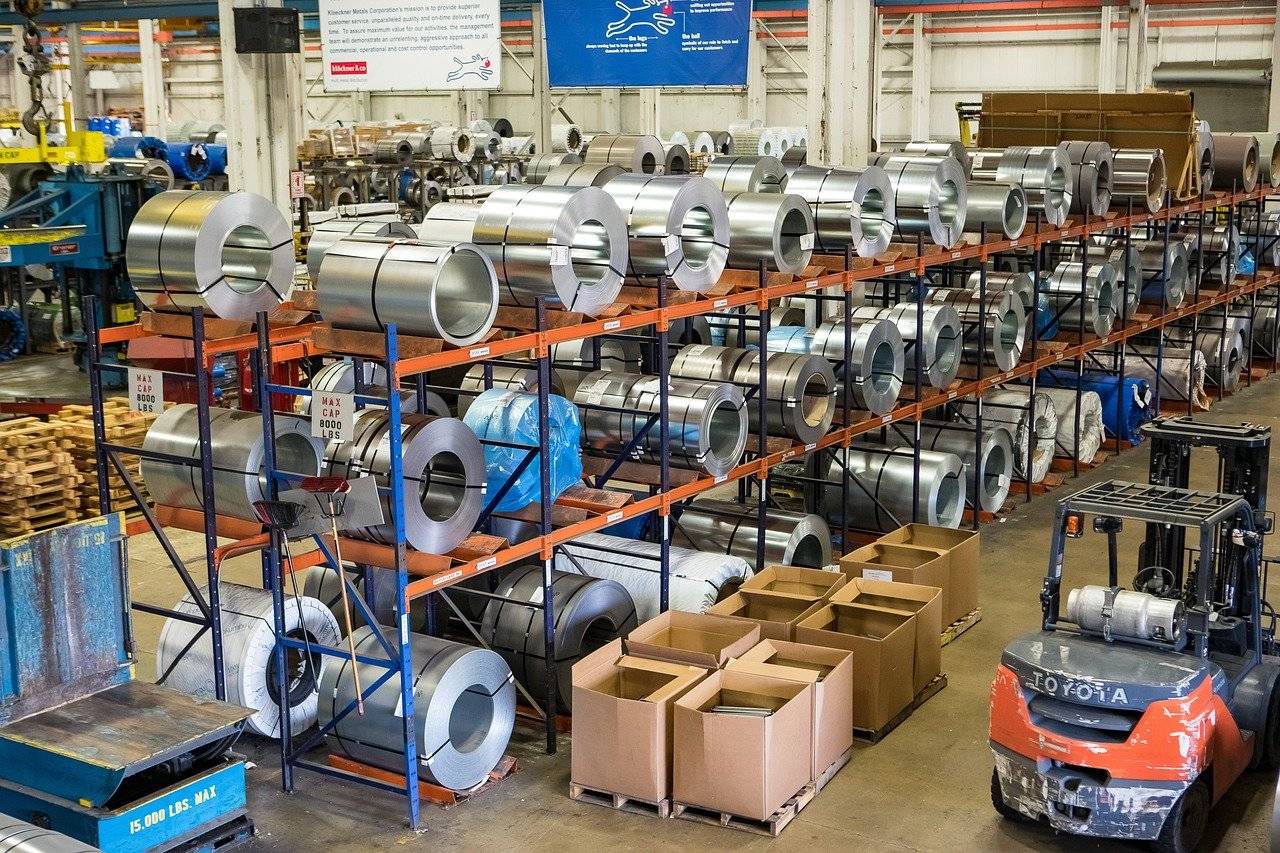Warehouses pose inherent risks that demand meticulous attention to safety protocols. One sound way of keeping your place productive is to remove any safety concerns, be it poor air quality, insufficient lighting, or spills. Have clear strategies to ensure that your workers are less prone to accidents. Here are five tips to help you improve your warehouse safety:
1. Employee Training
Regular refresher courses and updates on safety protocols keep employees informed about the latest best practices in warehouse safety. Have sound communication channels to ensure information spreads fast, which helps during emergencies. Teach employees why they need to stick to the best lifting techniques, use personal protective equipment (PPE), and master ergonomic practices. It will help reduce the cases of injuries like strains or sprains and prevent other common accidents at work.
2. Keep Signage Up to Date
It is essential to display safety signage in your warehouse to keep your employees informed and promote safe work practices. Use bright color signs to indicate emergency stations. Keeping the signage up to date also helps remind your team every day about how to keep themselves and each other safe on the job. To ensure OSHA warehouse safety compliance, you can set a quarterly reminder on your calendar to look into any updated safety signage and then get those signs up in the appropriate places for your crew.
3. Ensure Proper Lighting
Proper lighting is a simple way of reducing the likelihood of accidents and errors. In areas where detailed tasks are performed, consider task lighting to provide additional illumination for specific workstations or activities. Keep lights clean and promptly replace any malfunctioning bulbs to maintain consistent lighting levels. Make the most of natural light whenever possible for your facility. You can also consider warehouse LED lights for more clear and uniform lighting. When choosing, consider the layout, type of tasks, and level of illumination needed to make an informed decision. And also, if you offer fulfillment in your warehouse - learn about our Global Delivery API and connect the world's leading delivery services with SeaRates.
4. Create Traffic Lanes
Designated traffic lanes can be created to separate forklifts and workers on foot, which is an easy solution to a potentially dangerous situation. You can create traffic lanes by marking out designated routes on the floor using colored tape or installing metal guardrails to keep your machine operators separate from the floor crew. This straightforward and cost-effective solution will help reduce worker injuries. As a freight forwarder operating a warehouse, there is an opportunity to join the Digital Freight Alliance, a global freight forwarding community, for effective partnerships.
5. Implement Safety Protocols
Setting up clear safety rules and steps to avoid accidents and promote consistency in your operations is crucial. Make specific plans for using machines, handling materials, and adopting the proper storage practices for your warehouse setting. Put up signs and safety tips everywhere so workers always see them and know who to call in an emergency. Make your inspections and audits thorough and involve every worker where you'll get feedback on their experience working at the place. Encourage everyone to be part of the mission by arranging different meetings where you'll deliberate on emerging safety concerns.
6. Keep it Clean and Organized
This will minimize potential hazards, create a safer environment for employees, and reduce the likelihood of workplace injuries. It also leads to more efficient warehouse operations. Clean up regularly, sort out your inventory storage, and keep pathways ready for people and machines to move without any issues. Stick to the proper waste disposal procedures to prevent the avoidable exposure of hazardous materials to workers and the environment. In addition, warehouse operators have a significant relief: the decision to place their offer of warehousing services in our Logistics Map tool.
EndNote
A warehouse can run smoothly with minimal disruptive accidents when firm safety measures are implemented. Start by ensuring the working environment is conducive by continuously evaluating the hazards and making the necessary adjustments. As an employer, following regulations and taking extra precautions can help increase workplace safety.

